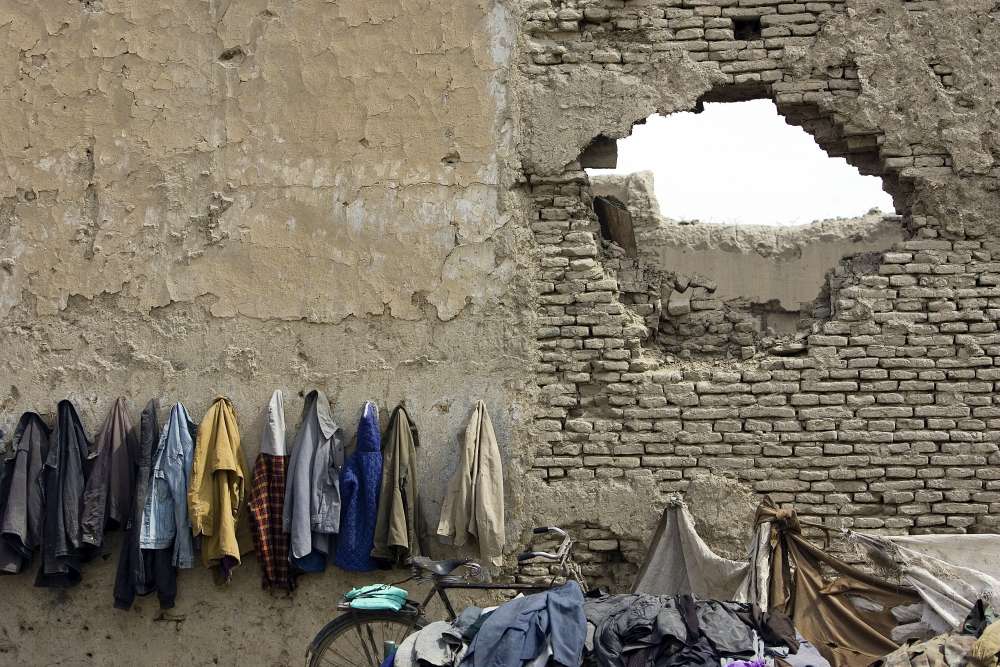Pandemonium: Risk Factors for Future Pandemics

Executive Summary
Since the turn of the century, a series of pandemics have incited global concern: disrupting trade, bringing travel from some regions to a standstill, and spreading panic through affected and unaffected populations alike. These outbreaks – including Severe Acute Respiratory Syndrome (SARS), swine flu, Ebola, and most recently, Zika – have drawn attention to a system of global health governance that often responds poorly to such crises. Following the containment of Ebola, reforming global health governance and improving pandemic detection and response capabilities have been high on the agendas of actors within both the public health and global security sectors. Looking forward to the next decade, this report explores how global health governance and pandemic responses could evolve. It presents two hypothetical pandemic scenarios and considers how both global health actors and the broader geopolitical landscape could shape preparedness and response to these health threats. The scenarios could be considered “stress tests” for global health governance: which components of the global health preparedness and response system would be challenged, and which would prove resilient?
The first scenario takes place in a world of increasing geopolitical fragmentation and isolationism. As medical advancements in wealthy countries make continuous improvements in health and virtually eradicate many diseases, skepticism rises over the necessity of critical medical interventions. Fueled by media-induced panic, vaccine skepticism spreads across the developed world, taking root in the minds of a generation that had never seen a case of measles or polio. When a diphtheria outbreak occurs, poor geopolitical coordination and a weak response from leading global health institutions costs lives, money, and time. Tragically, vaccination could have prevented the pandemic in the first place.
The second scenario exposes the challenges that would persist even in the context of a relatively well-functioning global order and response in a multipolar world. Acting on the lessons learned from previous outbreaks, domestic and global actors are well prepared to deal with an outbreak of Nipah virus in India. But they fail to recognize the impact of downstream “fearonomic effects” – the economic consequences resulting from hysteria outbreaks, and propelled by misinformation – that lead to irrational decision-making on the part of both individuals and states. Ultimately, these decisions do little to contain the virus, and not only interfere in an effective response but wreak havoc on the governments and economies of many countries – even those without cases of the disease.
These scenarios highlight the complexities of developing an effective response to pandemic outbreaks, and draw attention to the urgent need to diversify the actors involved in both preparing for and responding to pandemics. Considering the role of non-traditional players in global health – including the effects of agriculture and animal health on outbreaks, the media’s role in shaping public response to health threats, and how best to involve the private and non-health sectors in a holistic response – will be critical in responding effectively to pandemics in the future.
…
The full report is available for download.
This report was produced by the global health and pandemics working group of the Global Governance Futures (GGF) 2027 program.







